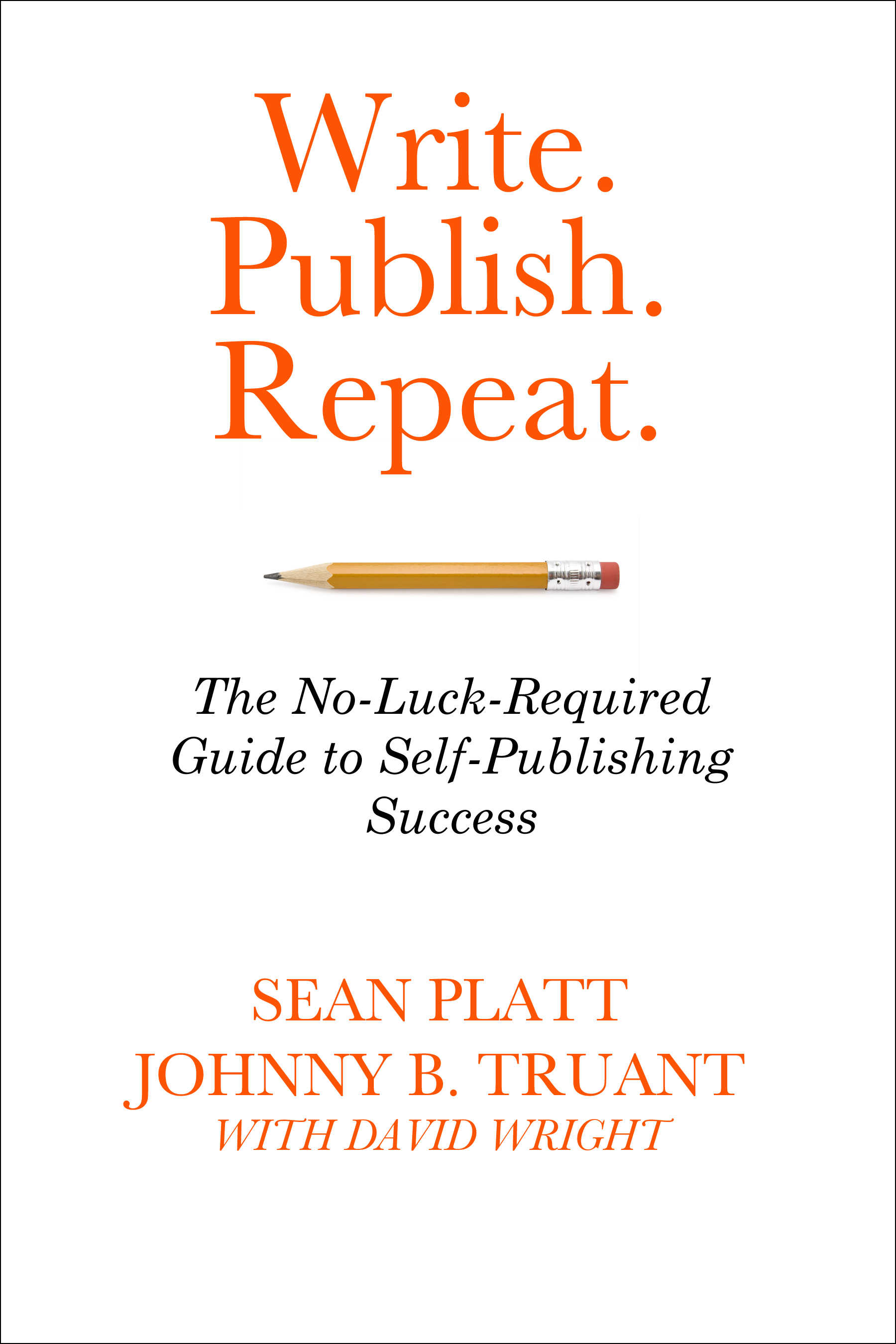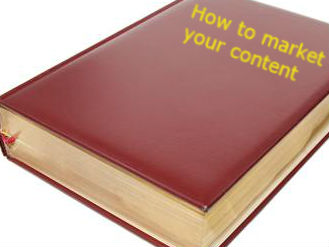8 Off-Page Content Formats You Can’t Ignore
How Amazon Will Kill USPS

Book Review: Write. Publish. Repeat
It’s probably been drilled into your head that you need a website and a blog, so I won’t harp on that. Instead, I’ll talk about 6 ways you can create unique content that is not a part of your website or blog but can still deliver value to your audience and turn you into an expert in your niche.
Guest Blogging
Let’s start with the one everyone is talking about: Guest blogging. For the purposes of this post, guest blogging refers to articles on static web pages, as well. Why is this content valuable?
Off-site Web content of any nature is important to your business and your audience for a number of reasons. Here they are in a nutshell:
- Exposure to potential new Web traffic – When you write content for another publisher not associated with your website, you are putting your name in front of a new audience. Savvy guest bloggers choose venues where potential new clients may be reading. Look for affinities between your target audience and the audience of the website for which you wish to write.
- Links – Links are not the most important aspect of guest blogging, but they are important. Don’t write content for other sites just for the links, but do be conscious that there are rich link building opportunities through guest blogging. If you are presented with an opportunity to reach a large audience without being compensated with links in your article or bio, consider taking it if that audience has potential to send new readers your way. Think of links as gravy, not the meal.
- Branding and authority – Any time you get a byline, you are positioning yourself as an authority. Guest blogging offers you the opportunity to put your brand in front of an audience that may not be familiar with it.
E-books
E-books may or may not be on-site publishing material for you, but they are off-page content. The various online book sellers (Amazon, Barnes & Noble, Apple, Kobo, et. al.) present content producers of every niche an opportunity to present their brands and authority to new audiences through a different medium. You can sell your books (or give them away) from your own website, but by pushing your e-book content toward these direct sellers, you essentially build for yourself an online sales team, or distribution network. Marketed wisely, this network can be a powerful asset.
Social Media Content
Social media should not by any means be your primary content channel, however, social media sites create another way for you to engage with your audience. Think of social media as the wide end of your content funnel (and your sales and marketing funnel). The purpose of this content is to draw your audience in to your blog and website, eventually leading potential customers to your inner circle.
Videos
Video marketing isn’t for everyone, but it is a channel worth considering. YouTube (and other video sharing sites) give content producers an opportunity to reach new audiences through a visual medium. Fiction authors can use videos to create book trailers. Non-fiction authors can use videos for book trailers or to deliver level 1 instructional content that leads people to purchase their deeper knowledge educational content.
Podcasting
If you’ve been told you have a face for radio, then podcasting might be more your style. Like videos, podcasts can be used to drive new audiences to your website where you can draw them deeper into your funnel.
Mobile Apps
As more consumers convert to smartphones and tablets, using them to interact with their favorite brands, mobile apps create new content opportunities for publishers in every niche.
Newsletters
Newsletters delivered electronically provide one of the best digital marketing tools on the planet. Done well, you can entice your website and blog readers to voluntarily sign up for your newsletter by giving you their e-mail address in exchange for something valuable (an e-book, a mobile app, exclusive videos or podcast content, or your own brand of creative content). By taking cold leads and converting them to warm prospects, you increase your chances of converting this segment of your audience. Newsletters fall into the narrow end of your content and sales funnels.
Instructional Courses
This category of content deserves its own mention even though it may consist of a variety of the previously mentioned. You can deliver instructional courses through e-mail, e-books, videos, podcasts, mobile apps, membership blogs, or a combination of the above. It’s a powerful form of premium content that deserves its own status.
When developing your content marketing strategy, it’s imperative that you think about the needs of your audience. Where are they hanging out? What types of content appeals most to them? What is likely to move them from the wide end of your funnel to the narrow end and into your customer network?
Contact me through my contact form or
Call 717-253-2306


